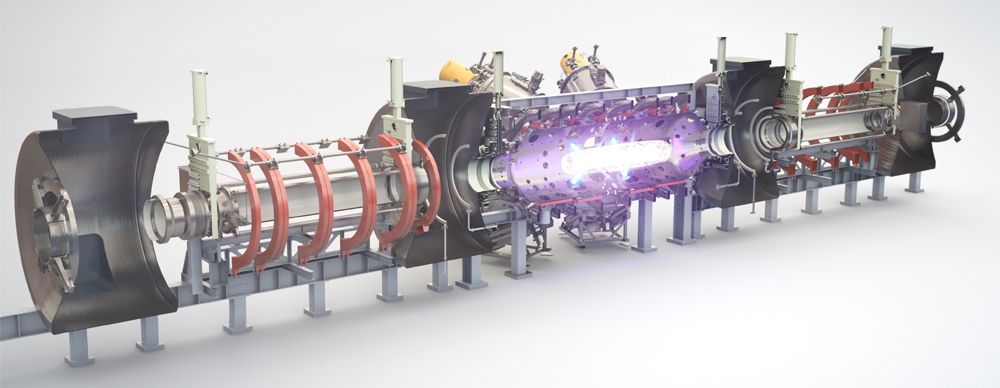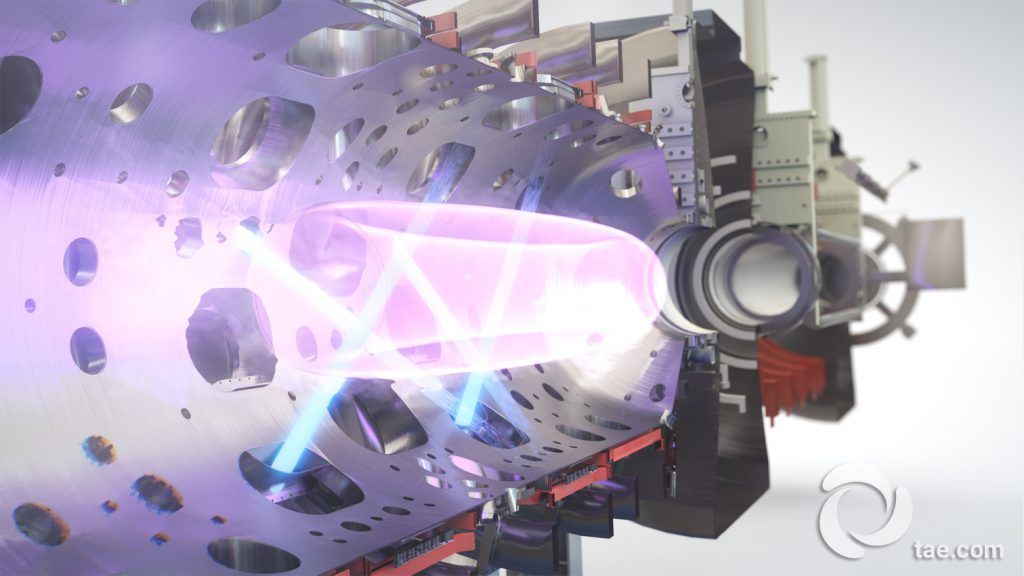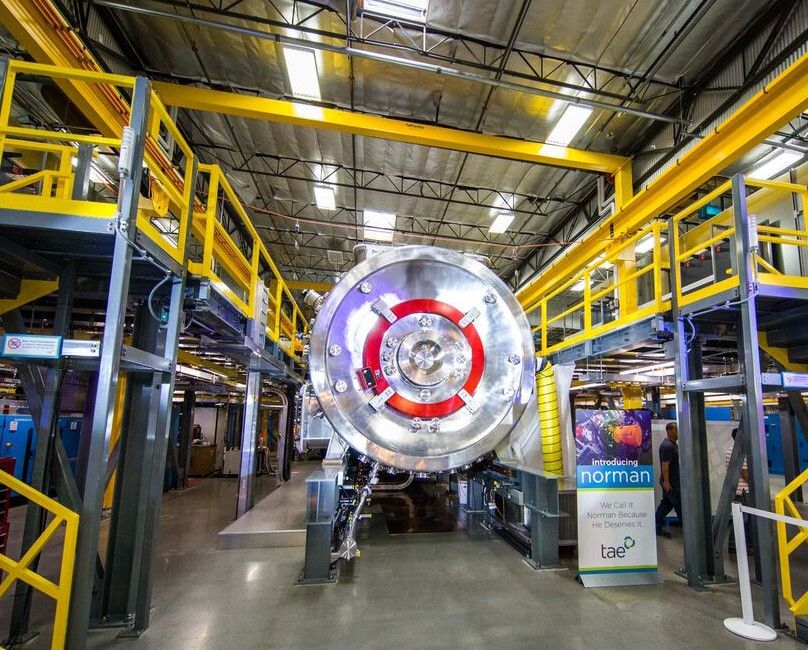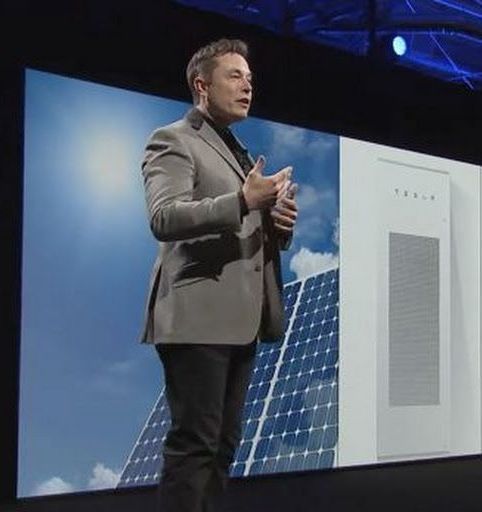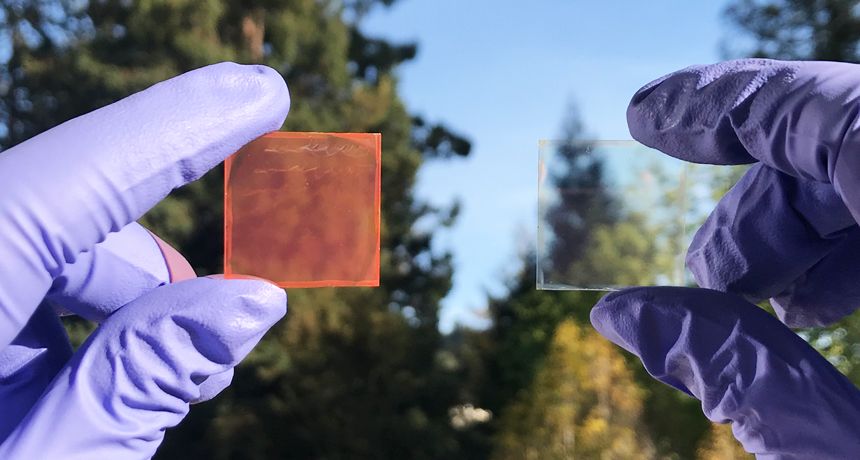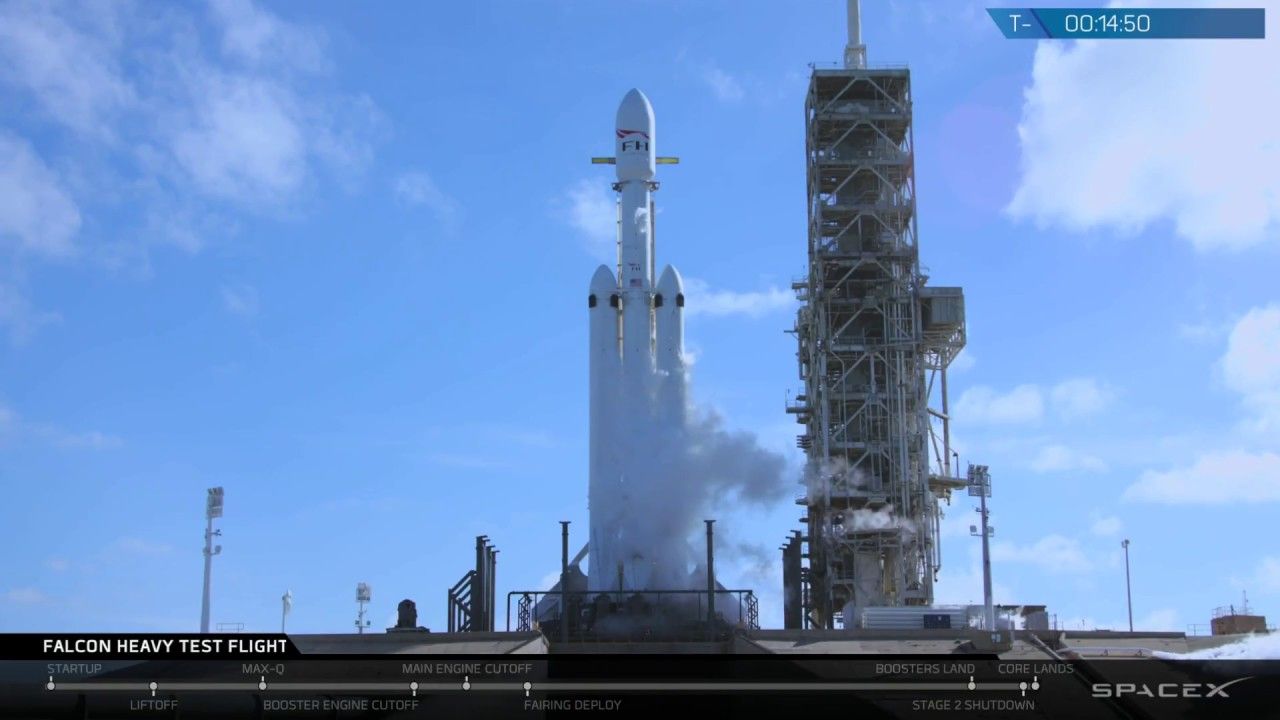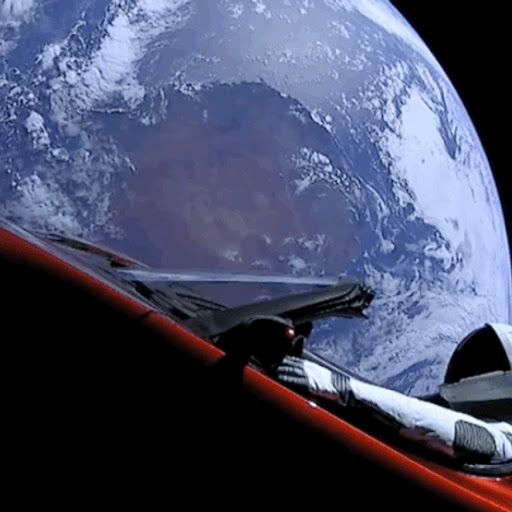Feb 10, 2018
TAE Technologies Gen 5 reactor targets tripling confinement with 10 times the power by 2020
Posted by Genevieve Klien in categories: nuclear energy, sustainability
TAE Technologies, Inc. (formerly Tri Alpha Energy), the world’s largest and most advanced private fusion company, has announced that its proprietary beam-driven field-reversed configuration (FRC) plasma generator, “Norman,” surpassed a new technical milestone, bringing the company closer to the reality of commercial fusion power. This latest achievement marks a significant step in the company’s mission to create a global energy revolution with clean, safe, sustainable fusion energy.
Norman, the $100MM National Laboratory-scale device named for company founder Dr. Norman Rostoker, was unveiled in May 2017 and quickly reached first plasma in June 2017. After over 4,000 experiments to date, Norman has now exceeded the capabilities and performance of the company’s previous FRC plasma generator, C-2U, and sets a new company record for plasma temperature.
